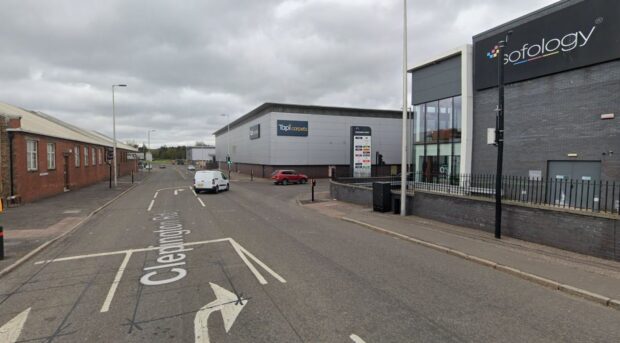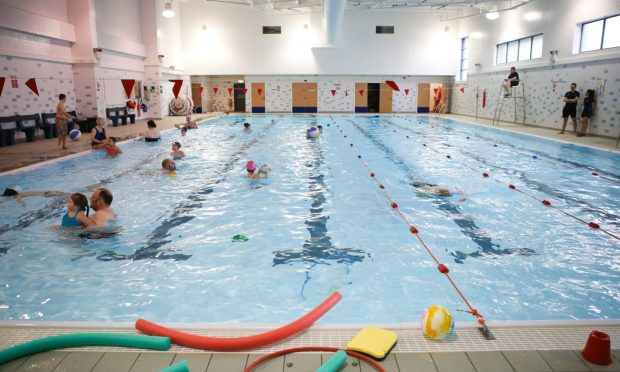Technology developed at Dundee University is playing a pivotal role in the European Space Agency’s latest mission to Mars.
The European Space Agency (ESA) Exomars Mission 2016, which began in March , is attempting to land a module on the surface of the Red Planet.
The spacecraft will have to survive the 21,000km/h entry into Martian atmosphere before it can begin scientific operations in the orbit and surface of Mars.
The craft uses SPACEwire communications technology, which was developed with the help of experts at Dundee University.
World-leading research on spacecraft technology has been taking place at the Dundee University for over 20 years.
With input from international spacecraft engineers, this has led to the development of the SpaceWire standard, currently used in or being developed for more than 100 spacecraft operated by space organisations across the world.
Other space research at Dundee includes the PANGU planetary landing simulation tool, software that simulates the surface of a planet and the cameras on a lander approaching that planet and which is used to test vision-based guidance systems for planetary landers.
PANGU was used by Thales Alenia Space in Italy during the early development of the guidance system for ExoMars, which is helping the Schiaparelli craft to land safely today.
Professor Steve Parkes, director of the Space Technology Centre, said, “We have been working on SpaceWire related technology for over 20 years. It is exciting to see this technology used on ExoMars, another space mission from ESA.
“The research team here in Dundee sends its congratulations to the many engineers and scientists that have been involved in this mission.
“SpaceWire has not only been adopted by ESA, but also NASA and Japan’s JAXA as well as research organisations and space industry across the world. STAR-Dundee, a space technology company that spun-out of the Space Technology Centre at the University 14 years ago, provides SpaceWire chip designs and develops equipment for the world’s space agencies and aerospace industry.”
STAR-Dundee is currently developing SpaceFibre, the next generation of SpaceWire technology, which is already being designed into its first mission and continues to work with ESA on the PANGU simulation tool for vision-based navigation systems.










